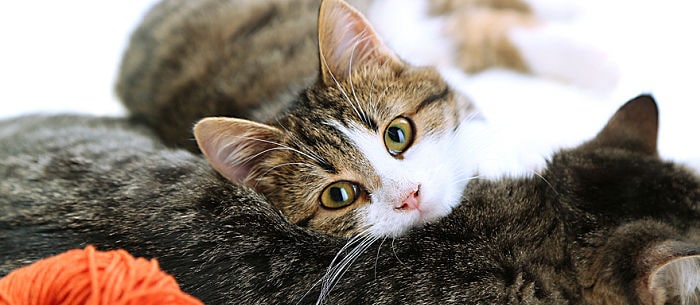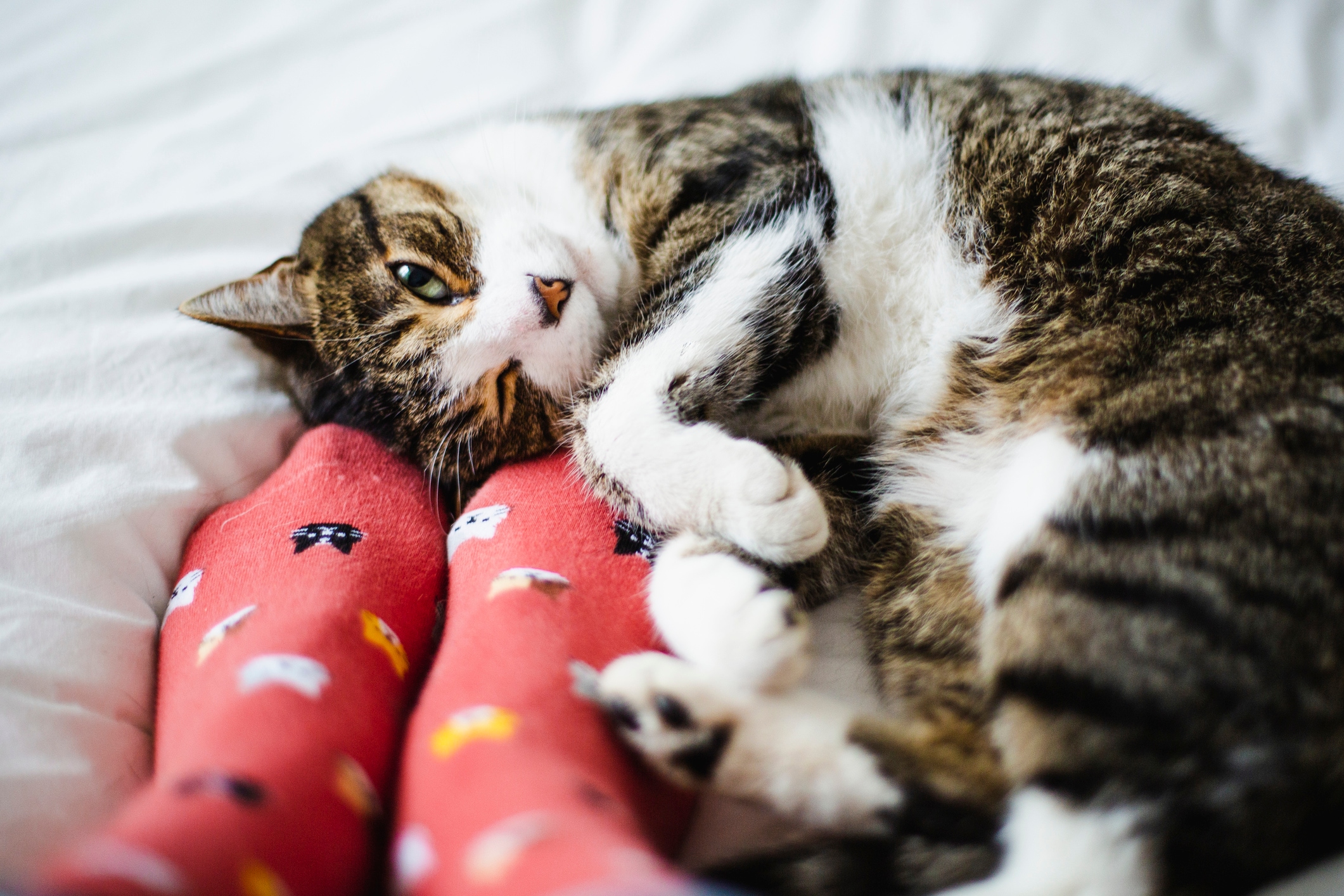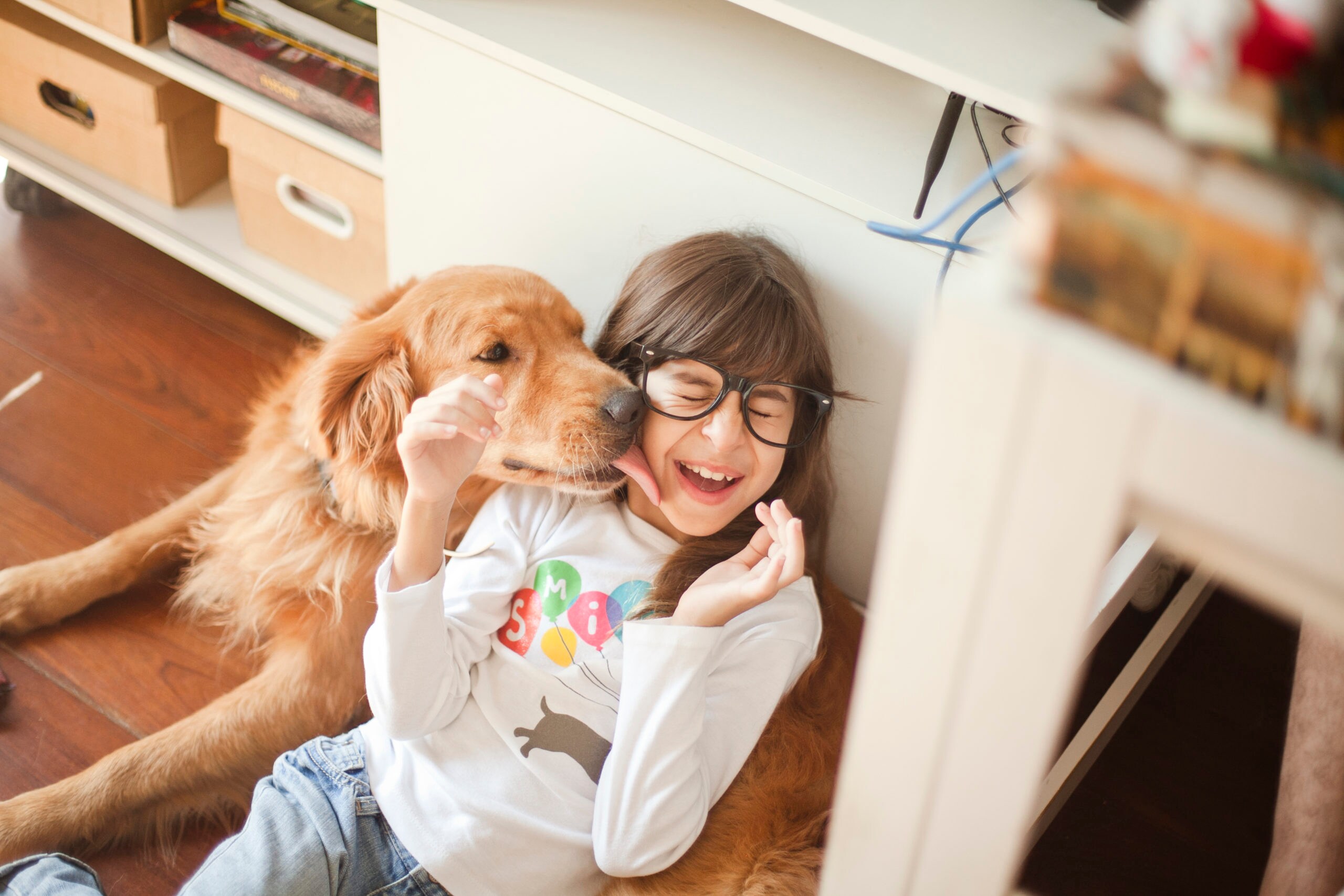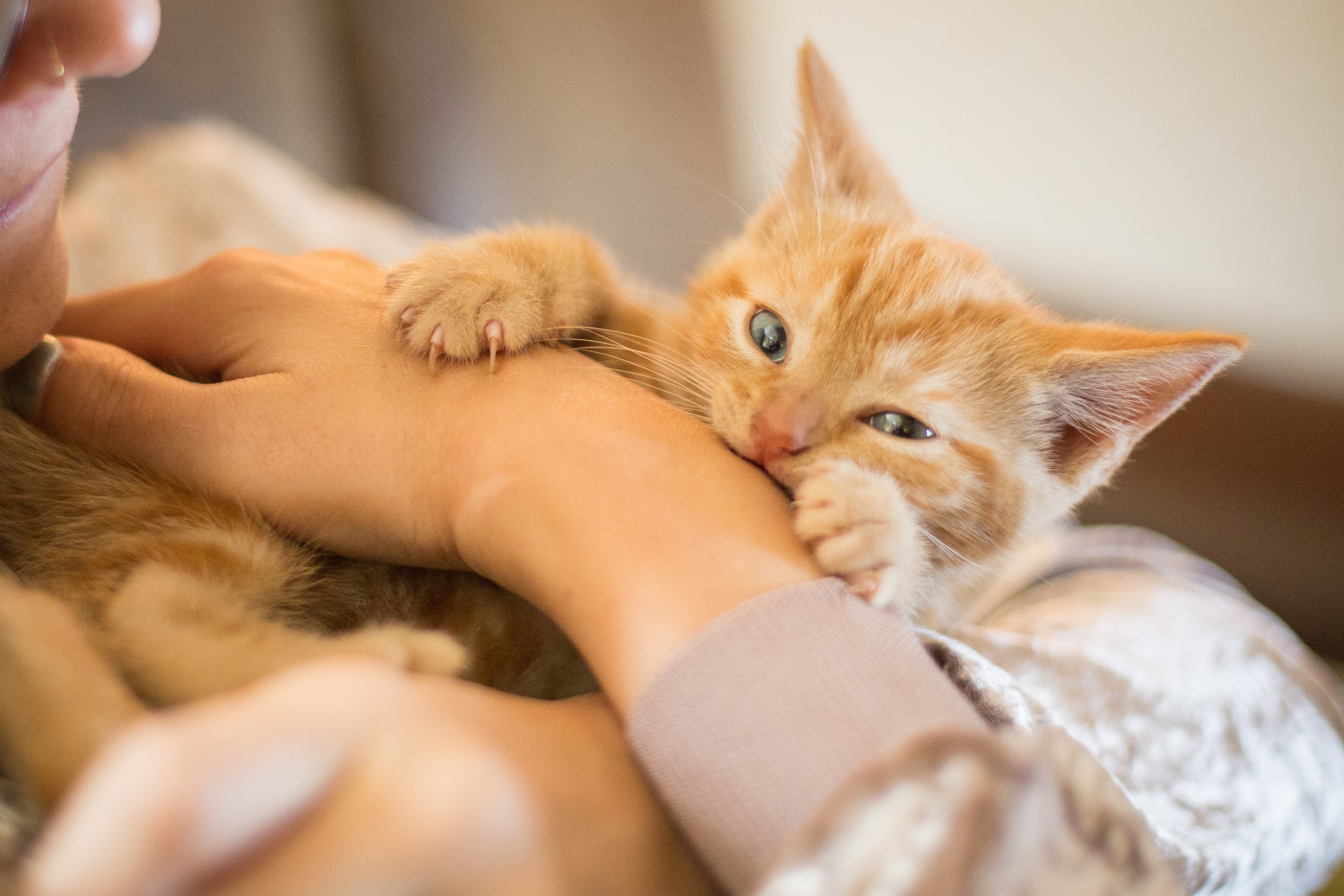When you bring home a new cat, you might envision him curling up with your old cat, and the two cats then grooming each other and playing with toys together. But unless you take steps to help your cats get to know each other in a comfortable and safe way, this vision might not turn into a reality. Introducing cats the right way does take a little effort — a few weeks for most cats, and sometimes up to a year for the older set — but the long-term benefits are undeniable.
With a little patience and a few creative ideas in your cat owner’s toolbox, your cats will feel at ease and start enjoying each other’s company.
Take these steps to ensure that introducing cats in your home goes as smoothly as possible:
- Use Pheromone Products
Veterinary behaviorist Dr. Theresa DePorter recommends using products that contain pheromones to help cats feel more relaxed and happy. “Cats are going to gather information about what is going on in their world by smell, so they may perceive and respond to things that we are not aware of,” explains Dr. DePorter.By using pheromone products, which you can buy in a spray or plug-in form, you can provide your cats with a sensory aid to help them adjust more easily.
- Separate, but Together
Dr. Randy Aronson, a veterinarian and the host of “Radio Pet Vet,” suggests keeping a new cat in a large crate with her litter box, then placing the crate in the middle of the house, where all the other cats tend to migrate. “Keep the new cat separate from the old cats for a little while,” suggests Dr. Aronson. This can help a new cat get used to the her environment and family members without actively isolating herself from the other cats.
- Switch the Older Cat to the Crate
Once your new cat has spent some time in a crate, switch your older cat to the crate, and then allow your new cat to wander around and explore his new home. Dr. Aronson explains that this switcheroo can both help your old cat get used to the new cat’s smell, and help your new cat get used to her new environment in a relaxed way.
- Trade Scents
The American Society for the Prevention of Cruelty to Animals (ASPCA) recommends rubbing a piece of fabric on your new cat’s cheek and neck, then placing the piece of fabric near your old cat. This should happen before they meet so that your old cat can get used to your new cat’s scent before meeting him.If you gather the pheromones while your new cat is relaxed and happy, the pheromones will radiate this pleasant energy to your old cat. Repeat this process with your older cat so that your new cat can get used to the pheromones in the house.
- Separate Food, Water and Litter, Then Exchange
Pheromones not only exist on a cat’s body, but also in the cat’s food bowl, water dish and litter box, says the American Humane Association. A great strategy for introducing cats is to initially separate their food dish, water dish and litter box, then exchange these items between the cats after a while. This forces your cats to get used to each other’s smell because they have to use these items on a daily basis.
- Keep a Door Between Food Bowls
Meal time can quickly turn into a territorial battle for most animals, especially for cats who aren’t used to each other. Dr. DePorter recommends that you keep the food bowls of your new cat and your old cat in different rooms at first so that they do not feel threatened as they eat. They can still sense each other, but they do not have to feel the anxiety of sharing dishes just yet.
- Give Special Treats
Consider getting a few special treats that your cats do not normally get, to give them when they interact. The ASPCA suggests that your new and old cats will associate these delicious treats with their own interaction, which can help them feel excited to hang out together.
- Encourage Paw Play
If your cats start to paw at each other through the door of the crate, don’t automatically shun this activity. So says The Humane Society, who recommends letting your new and old cats take part in a little paw play. Not only does this make both of your cats feel more at ease around each other, but it encourages them to interact in a playful and non-frightening way.
- Try Interactive Toys
Once your cats have met for the first time, use interactive toys, which The Humane Society suggests can help your cats bond while taking part in activities that feel fun and exciting. After all, cats that play together, stay together! Purchase toys that involve vigorous activity that will give your cats exercise, too, such as a ball of feathers on a stick or a catnip mouse on a string that you can pull around the room.
- Utilize a Squirt Bottle
After your cats start spending more time together, make sure to keep a squirt bottle of water on hand in case they start having trouble getting along. The ASPCA recommends using a squirt bottle to quickly deter cats from fighting or chasing each other, which can turn into more negative long-term interactions.
Kelly Sundstrom is an award-winning journalist, author, artist and national special needs spokesperson. As the caretaker of two dogs, five cats and a bearded dragon, Sundstrom knows the importance of making sure that all of her animals feel right at home.





